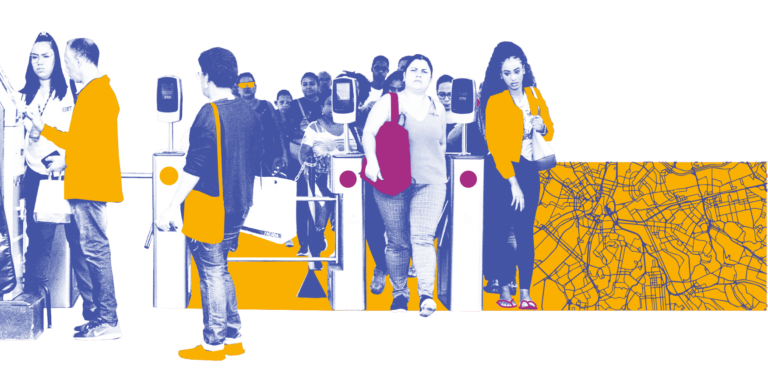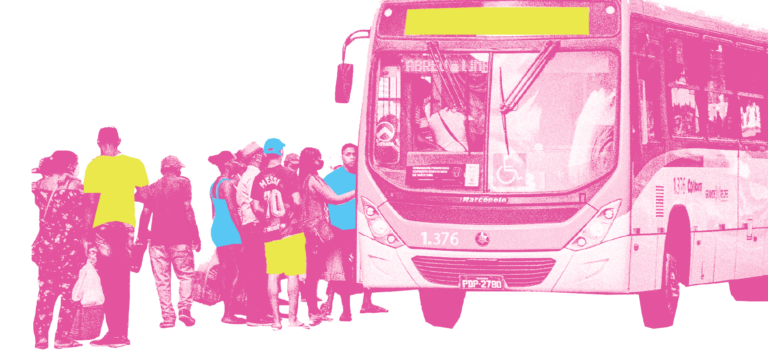July 09, 2024
3 Guides for Safe, Efficient, and Sustainable Urban Mobility in Brazil
ITDP Brazil developed several guides to help urban decisionmakers, planners, and advocates promote transport systems in Brazil that can improve access and reduce emissions.
This article was originally published in Portuguese by ITDP Brazil. Read it here.
These guides from ITDP Brazil seek to offer support to public officials so that they can better engage their technical teams in advancing efficient, sustainable, and safe urban mobility for all.



